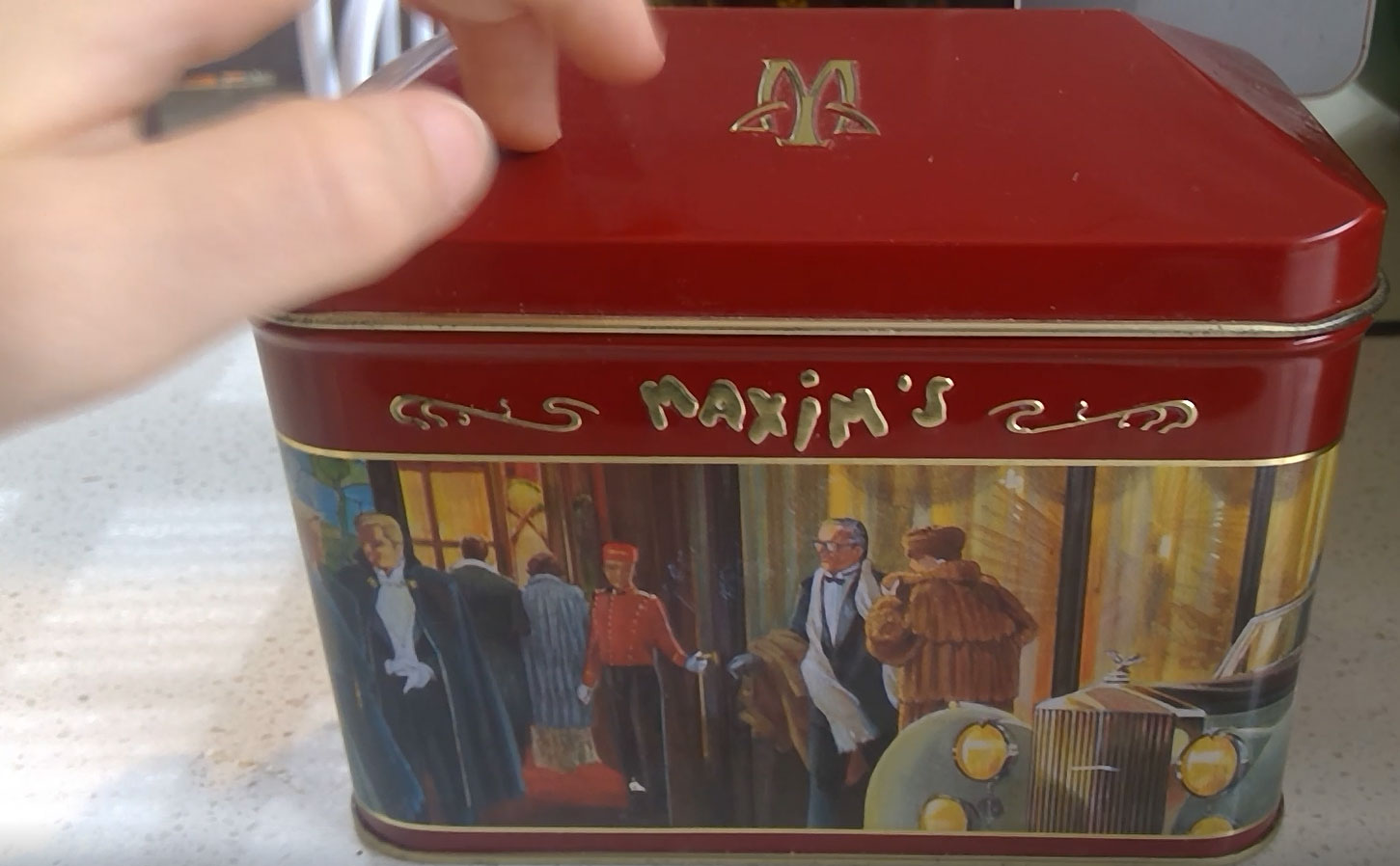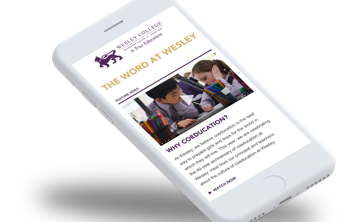
Students and teachers learned much in the virtual classroom environment in recent months, not least that a blended approach of on-campus and online learning offers the best of both worlds, as Denton Thomas explains.
It’s late one night and the Heads of Music and key Music School staff across Wesley’s three metropolitan campuses are reconvening with colleagues from the Wesley College Institute. We’re meeting to refine our planning for the delivery of digital and virtual learning tasks, following a review of our core curriculum and digital tools that best enable us to deliver it. If you think the timing is March 2020, campuses are about to be closed and we’re planning for teaching in virtual classrooms, think again. It’s 2018 and we’re building our online teaching and learning program with the support of colleagues in the Institute and IT.
Evolution not revolution
The fact is, music making and music learning across Wesley’s Music Schools has involved a blend of face-to-face on-campus and digital and virtual programs for some time. So when government public health measures, including temporary campus closures, to contain the spread of COVID-19 were announced in March, we were well placed to deliver online music learning, based on a strategy that had long been in development and using programs and platforms with which students were already familiar.
Our online music program for students at home didn’t require a complete re-design because we had already planned digital and virtual learning tasks that, in most cases, fitted nicely into the College-wide remote learning program. Sure, there were adaptations that we had to make, but music classes essentially continued along their planned pathways – without rewriting the core curriculum – and collaboration between Music School staff looked a bit different than it had.
Blended learning
The evolution of our music programs to incorporate digital and virtual approaches was driven by our desire to align courses and the units and tasks within them across year levels and campuses. Campus closures in response to the pandemic have actually been helpful in this regard as the urgency of the situation demanded quicker decision-making, in the same way that government telehealth services that had been expected to take 10 years were being implemented in 10 days. Sure, there was still plenty of work to be done, but the music planning and program delivery we already had in place made the job that little bit easier.
Our planning and existing program delivery also had an added benefit: because our rollout of digital and virtual programs had essentially been incremental – albeit accelerated as we prepared for learning at home – we were well-placed to think through our medium- to long-term planning and how best to deliver the music curriculum into the future, through a blend of on-campus and online learning, once students were back on-site.
‘War room’ planning
Back in 2018, our ‘war room’ planning identified some key principles to guide curriculum delivery, whether on-campus or online. Firstly, we wanted to ensure the curriculum guided the delivery, not the other way around. Second, we wanted to use on-campus or online approaches that were appropriate and enabled authentic learning. Third, we wanted to select software and develop approaches that were efficient. This third principle guided us to identify approaches to teaching and learning that were re-usable and could be optimised and repeated with different year levels, and that were permanent or at least long-lasting solutions.
We also wanted to be able to standardise our documentation and processes, and our communications with students, and we wanted to prioritise digital approaches to designing, teaching and the administration of courses that reduced paper-handling, double-handling, supported agile design and iteration, and made our resources, course information and other data available within and across our Music Schools.
We’ve been using software like SmartMusic, Musition, Auralia, Screencastify, Chrome Music Lab programs like Songmaker, GarageBand, iMovie, Ableton, Reason and Logic Pro.
‘Found sounds’ at home
With students learning in virtual classrooms from home in the first part of Term 2, I decided to adapt our Year 5 music unit, Words, Words, Words, at the Glen Waverley Campus to use the students’ home environment as a resource. Words, Words, Words prompted students to explore sounds in terms of three words: pitch (the different frequencies of sound from high to low), time (duration, beat, rhythm and tempo) and timbre (or tone).

As part of the unit, students had to search their home environment for musical ‘found sounds’ that they wouldn't typically find at school. In finding or making musical sounds they not only had to seek out interesting sounds, but also think about how these sounds were or could be ordered in terms of rhythm, and then record the results of their ‘found sound’ explorations. Their explorations led to discoveries of music in everything from a plucked violin to a spoon on a tin, and from cutlery in drawers to footsteps on floors.
With good planning, careful thought about when and how we blend on-campus and online learning, and a little hard work, we’re enabling our students’ music making and learning, anywhere, anytime.
Dr Denton Thomas is a teacher in the Music School and Head of Brass at Wesley’s Glen Waverley Campus.
You might also enjoy Geoff Smith's ‘Music, the brain and learning’ and Alexandra Cameron's ‘The many benefits of performing arts.’
